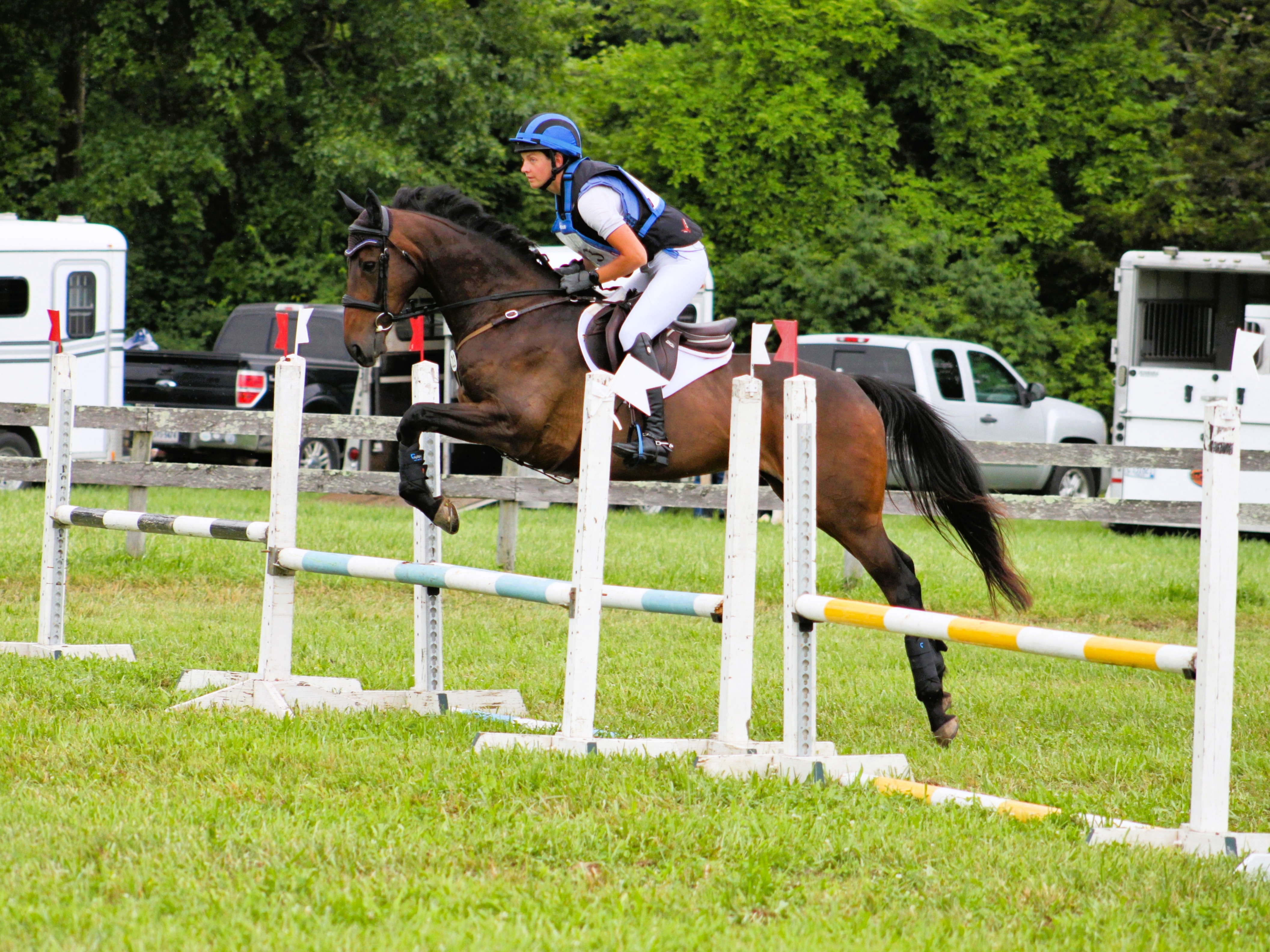
One key theme of the USEA convention this year has been a major increase in concussion awareness and safety. Brain surgeon and concussion expert Dr. Allen Sills spoke at a forum on Saturday morning at the convention regarding concussion prevention and treatment. Dr. Sill works at the Vanderbilt University Medical Center and has been a big help to the USEA and USEF in improving concussion awareness and education in out sport.
As a bit of history on concussions, in 1905 there were 18 deaths in football, many of which were likely related to brain injury. This inspired President Roosevelt to put a panel together to address football safety. Incidentally, that panel eventually became the NCAA.
The formal definition of a concussion is a “non-permanent trauma-induced alteration in brain function.” Dr. Sills emphasized what Dr. Halstead said yesterday–diagnosing concussions is an observational diagnosis and it is not diagnosable by whether or not the athlete passes out. Brain injuries are a large public health problem–2 million head injuries in the US every year. Horseback riding causes 11.7% of Traumatic Brain Injuries among recreational sports–by far the highest.
Diagnosing concussions is about observation because there is no great psyological concussion test available at this point. This means that diagnosing concussions depends on the honesty of the patient. A very non-comprehensive list of common signs of concussion includes headache, dizziness, blurred vision, and that the patient appears dazed or stunned. Diagnosing concussions is made more difficult by a wide variety of concussion grading scales that are hard to compare. Grading scales are now considered obsolete and doctors have to use a variety of factors to assess each case uniquely. Dr. Sills believes that computerized cognitive testing is vital to observing and measuring concussions. Dr. Sills supports the ImPACT test to evaluate an athlete’s performance on a computerized cognitive test, which is now being used by the US eventing team. ImPACT baseline tests are being performed later today here at the convention. Other assessment tools that are being used include analysis of an athletes balance skills.
90% of concussions are healed after a week, but the critical issue is finding the other 10% and making sure that they are fully healed before returning to work. A step-wise return to play has been developed that makes athletes not do any physical exertion until all of the symptoms are gone. Athletes are gradually put back into work and doctors eventually upgrade them to full effort or contact if they continue to remain asymtomatic.
In the Q&A session Dr. Sills said unequivocally that a concussion can occur even if there is not a blow to the head. He said that in fact the most severe type of concussion might come from a rotational trauma to the brain. In response to the question of “how many is too many?” — Dr. Sills said that this includes a ton of factors including the importance of the sport to that person’s career.
Between Dr. Sills and Dr. Halstead, we have been treated to two fantastic lectures by two preeminent experts on head trauma this weekend. I’m very appreciative to Dr. Sills and Dr. Halstead for coming and to the USEA for organizing their lectures. Hopefully this weekend will continue our understanding that concussions are an absolutely critical component of eventing safety. If there was one message I could take away from both of their talks it would be that if you fall off of a horse and are showing signs of concussion you need to treat that very seriously and get help from a medical professional. Go eventing.




















